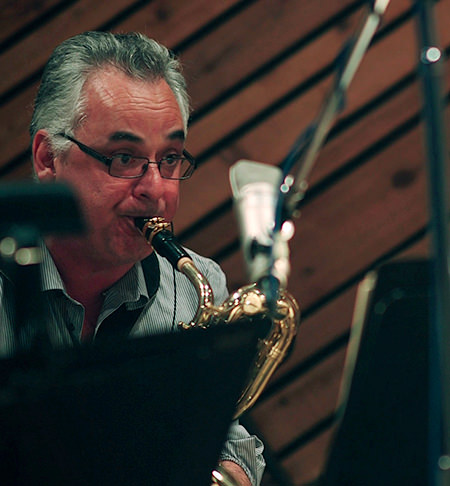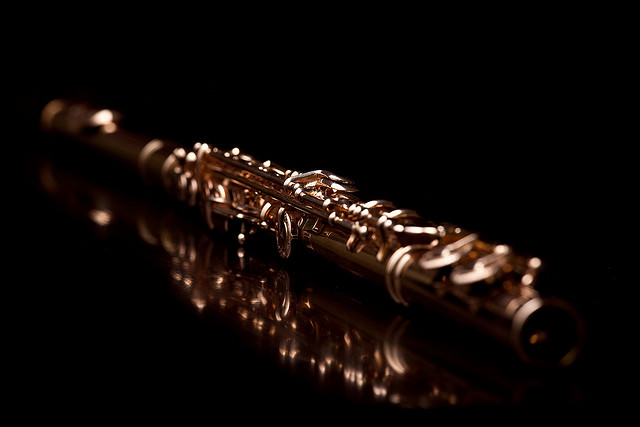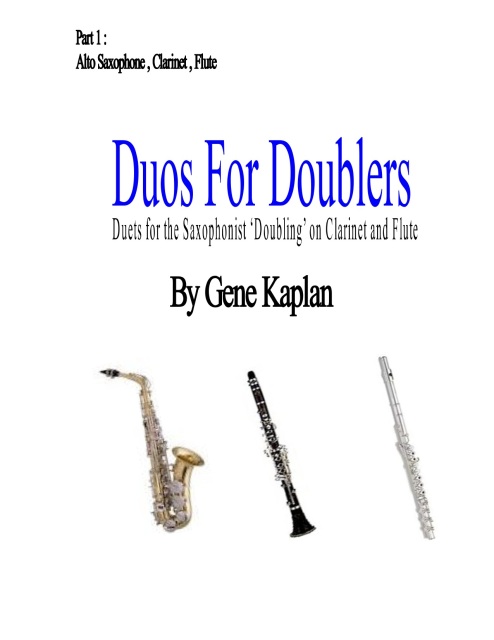I get to hear fairly often from aspiring woodwind doublers who are considering the option of a college degree in multiple woodwinds. Here are some of the questions I answer most often.
What school should I go to?
There are a few options for undergraduates, more at the masters degree level, and a few for doctoral students. I maintain a list that is meant to be comprehensive but probably isn’t; please let me know if there’s anything missing or erroneous.
Mostly, the schools that have multiple woodwinds degrees are ones that have large and reputable music programs. I personally did one multiple woodwinds degree at a music school that is widely regarded as one the best; this was an excellent experience but I found my opportunities limited in terms of professors’ attention and ensemble placement. I did a second multiple woodwinds degree at an excellent but less-famous music school, and got many more opportunities. Your mileage may vary.
Will I need to be able to play all the instruments well before I start the degree?
Most multiple woodwinds programs seem to be for either three instruments of your choice or for all five major/modern woodwinds (flute, oboe, clarinet, bassoon, and saxophone). In most cases you will need to enter with some level of proficiency on each instrument that is covered in the degree, and will need to be well-accomplished on at least one of them. By “proficiency” I mean evidence of a disciplined and serious approach to the instrument over a non-trivial period of time, preferably under the guidance of a good teacher. I entered my masters degree program with an undergraduate degree in saxophone, several serious summers’ worth of flute and clarinet lessons plus some experience playing those instruments in university ensembles, and a semester’s study each on oboe and bassoon.
Will I need to own all the instruments?
It’s possible that some schools will instruments available for you to check out. But if you’re serious about doubling, my advice is to consider instruments to be a necessary educational expense. Your professor may be able to make some recommendations of instruments that are of suitable quality for a “secondary” instrument at a lower cost than a true artist-level instrument, if that suits your goals.
What is required for auditions?
Each school’s requirements are different, so be sure to find out what precisely they require. I auditioned for several masters and doctoral programs in five woodwinds; most of those required a three-instrument audition process. Some had specific rules: one school required that flute be one of the audition instruments, and another required at least one double reed.
If you are auditioning for a masters program then you will probably need to play a respectable short underclassman-level repertoire piece or movement on each weaker instrument, and one or more strong senior-recital-level pieces on a “primary” instrument. For a doctoral program, you will likely need to play upperclassman- or masters-level repertoire on weaker instruments and serious masters-level repertoire on at least one instrument.
Who do I contact with questions about the specific degree program?
I would recommend checking the university’s music department website to see if there is someone listed as the woodwind area chair (or some similar title). If not, I would start with the professor of your “main” instrument.
What will I be qualified to do with this degree?
For a bachelors or masters degree in performance (multiple woodwinds or any concentration at all, really) the answer is “nothing specific.” Careers in performance rarely require a degree; however, you should gain some skill, experience, and network connections during your degree that can help. A doctoral degree is generally a requirement, more or less, for university teaching, and a doctorate in multiple woodwinds can make you a strong candidate for a job that requires teaching multiple instruments. (A masters in multiple woodwinds plus a doctorate in a single instrument or some other music concentration might also help, depending on the job and your other qualifications.)
While finishing my doctorate in multiple woodwinds, I applied for a large number of university teaching jobs, some of which specifically called for multiple instruments, and some of which didn’t. I heard back from several, and without exception they were multiple woodwinds jobs. I don’t think a multiple woodwinds degree would ever automatically disqualify someone from a single-instrument teaching job, but those jobs attract an alarming number of extremely-qualified applicants, and most often those jobs go to someone who is very, very focused on that instrument.
Is a multiple-woodwinds degree geared toward, or appropriate for, jazz players?
All of the programs that I have any familiarity with are essentially classical performance degrees. During my masters degree, at a school that had a classical saxophone professor and a jazz saxophone professor, I obtained permission to do some off my studies with each of them, and also did jazz studies as an area of secondary study (find out if the programs you’re interested in require a minor or something similar). Doubling skills can certainly be of use to a jazz musician, but most programs don’t combine jazz and doubling within the curriculum in any meaningful way.
Will I really master all these instruments by graduation?
No way. In my experience, for example, the very best doublers in degree programs will be competitive with their single-instrument classmates on one or maybe two instruments. But they will hopefully lay some foundations for future improvement, and will likely have the sense that they are playing catch-up on the other instruments for many years to come.
Each program does (or should) have its own guidelines on what type of proficiency multiple-woodwind students need to achieve before graduating, and on how those proficiencies are evaluated.





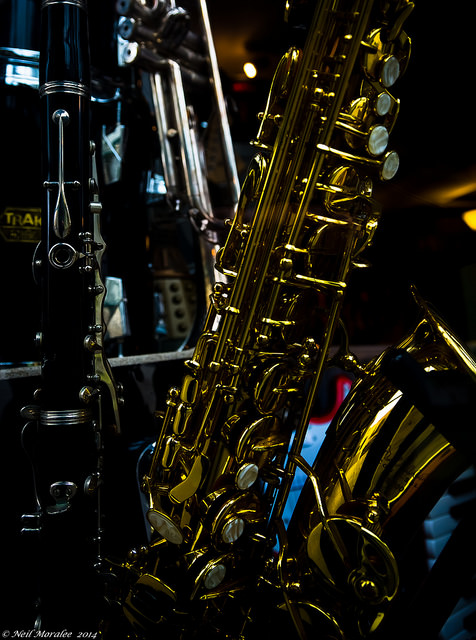



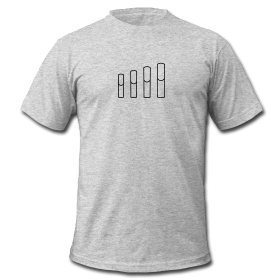

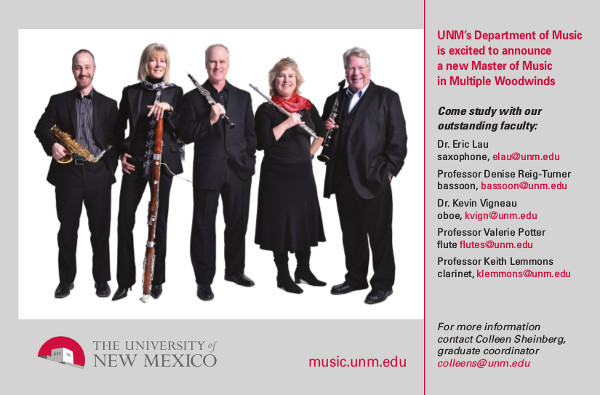
 Lately I have been enjoying
Lately I have been enjoying 